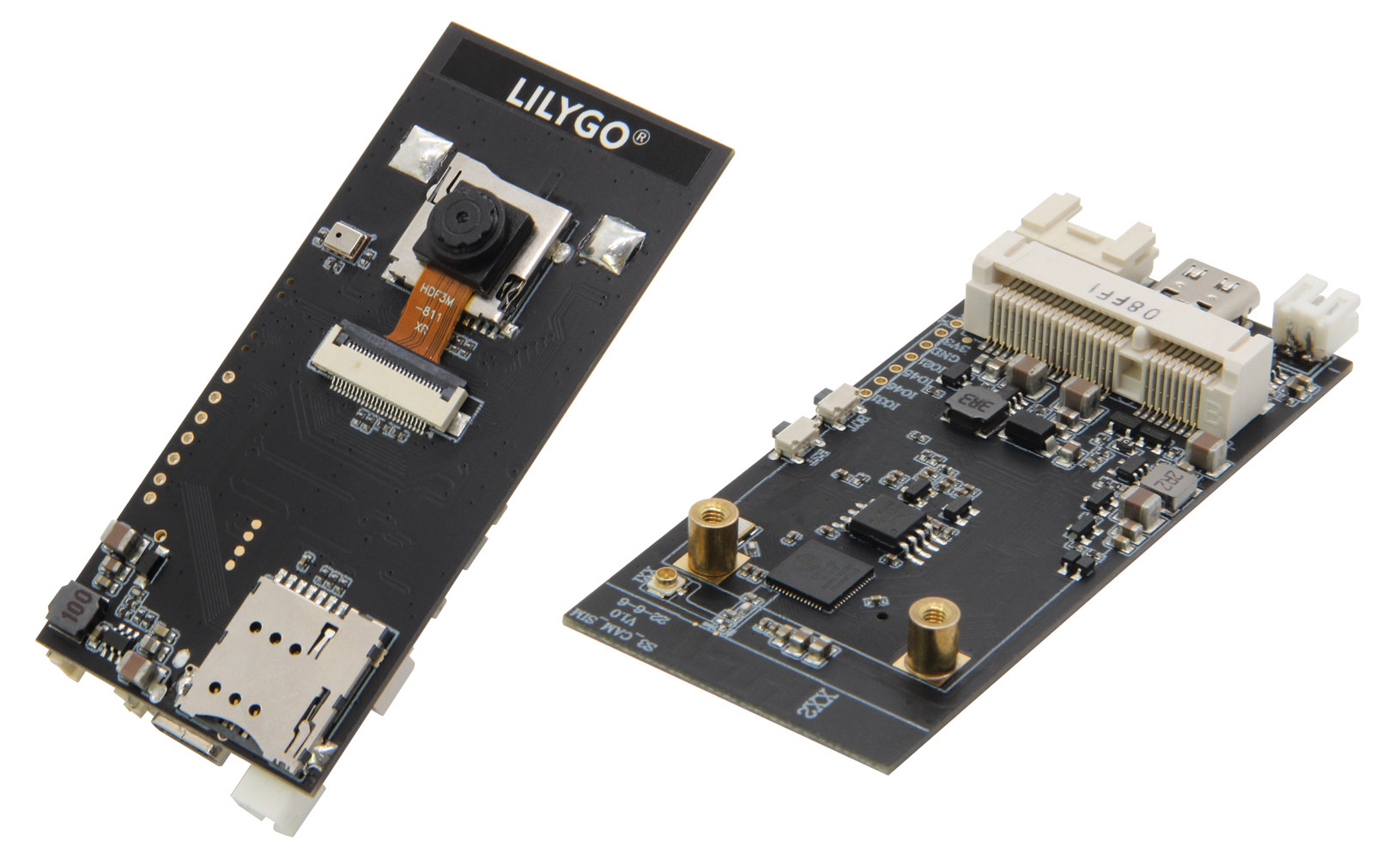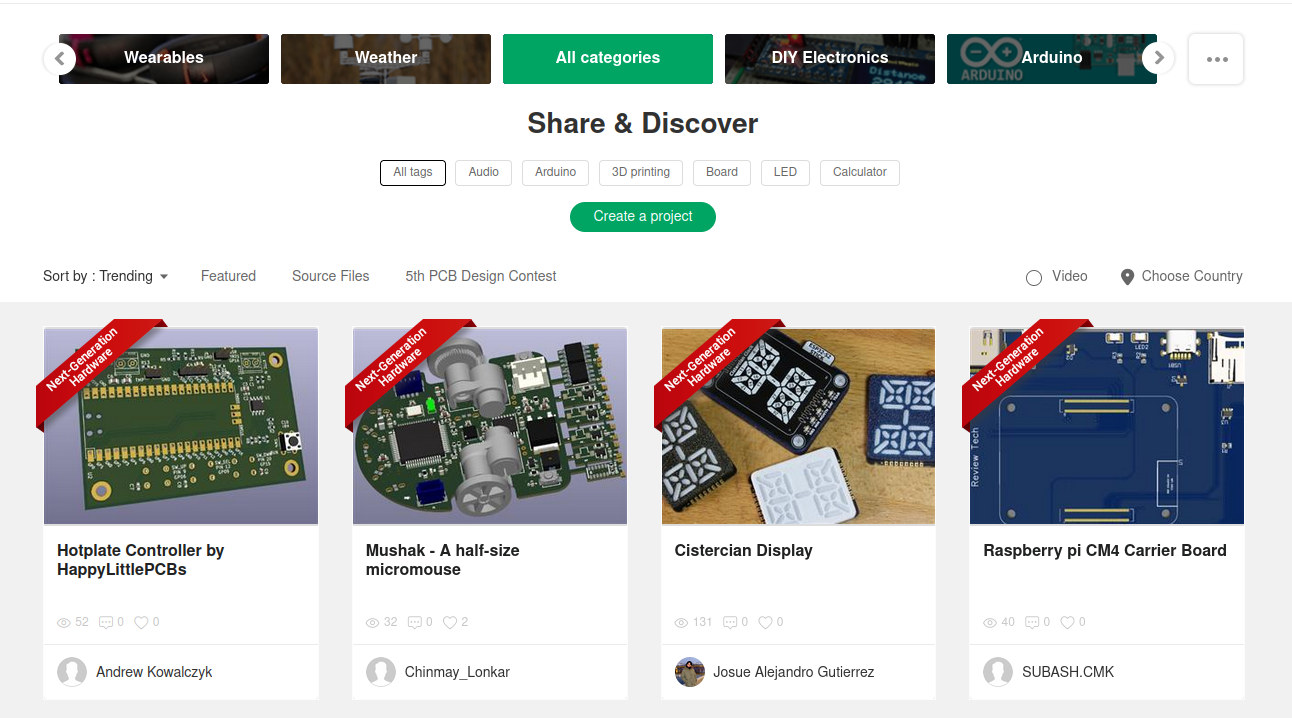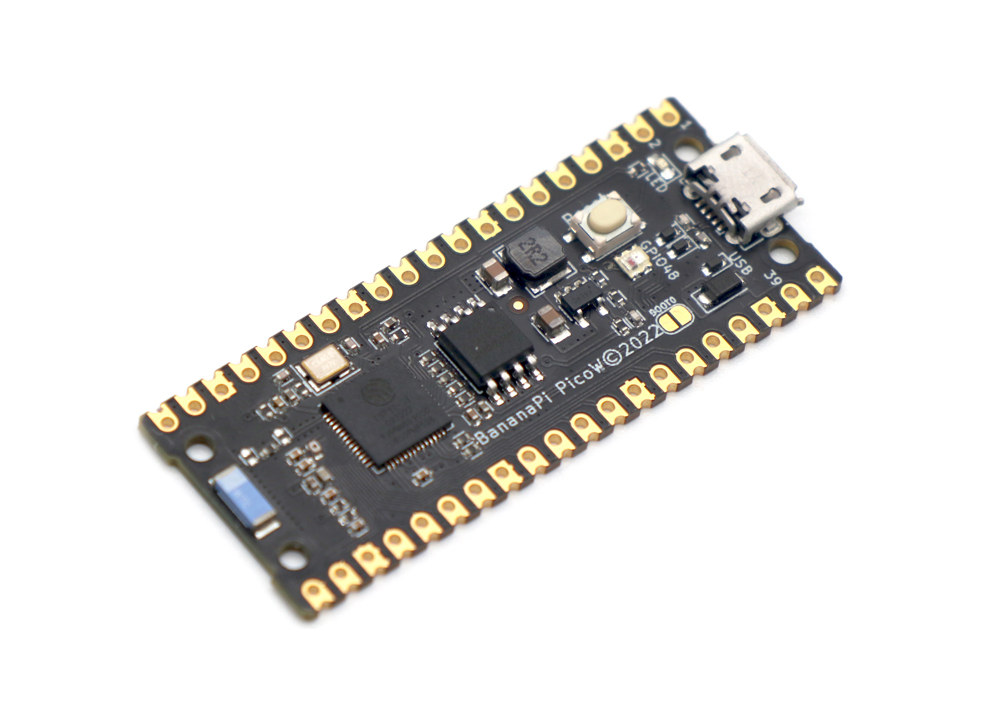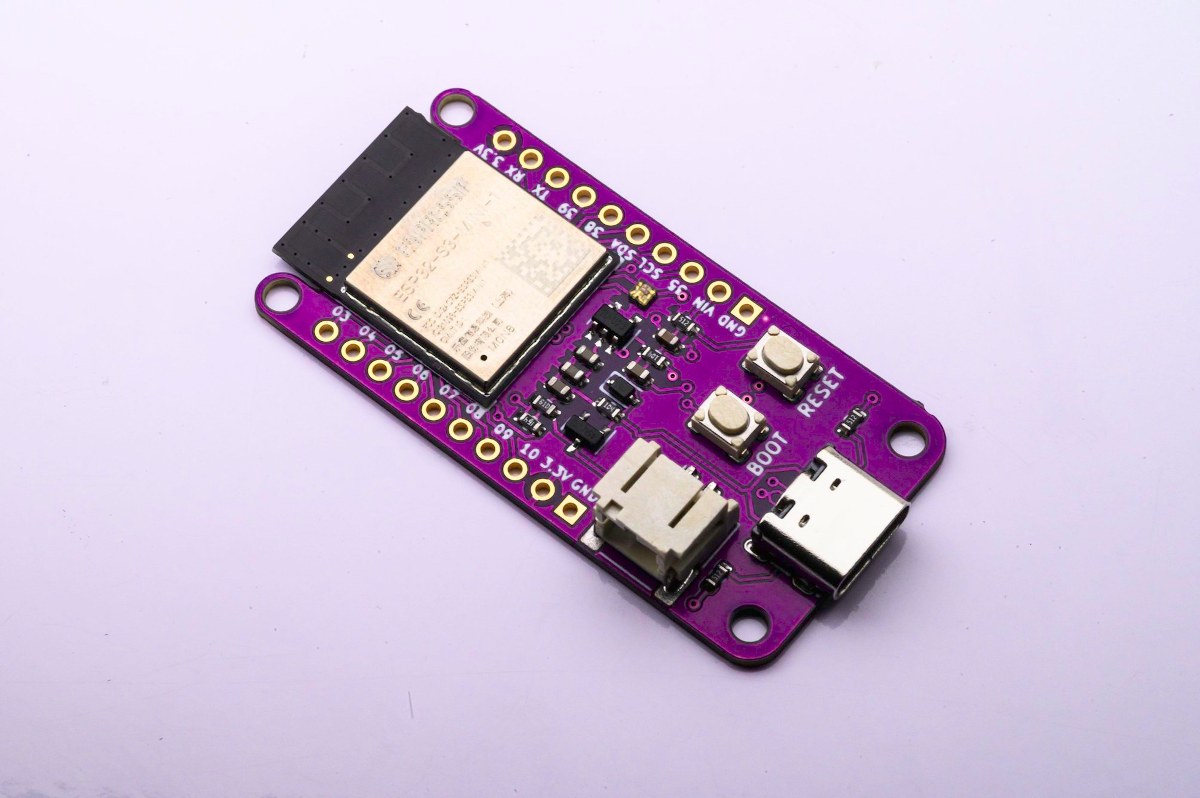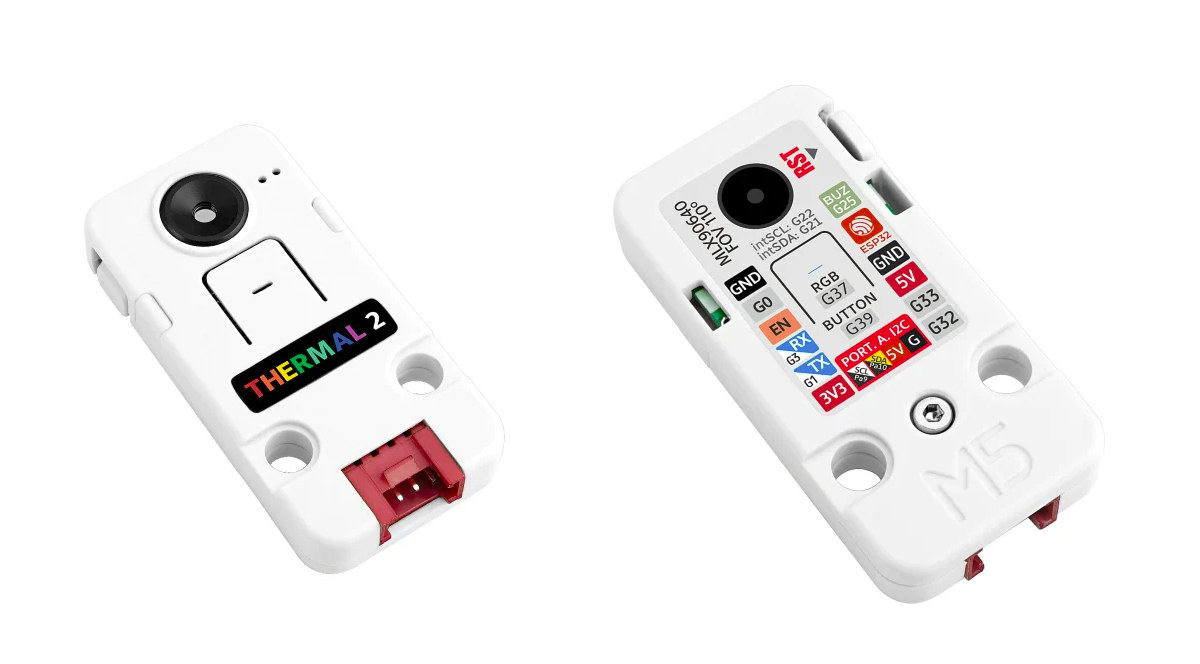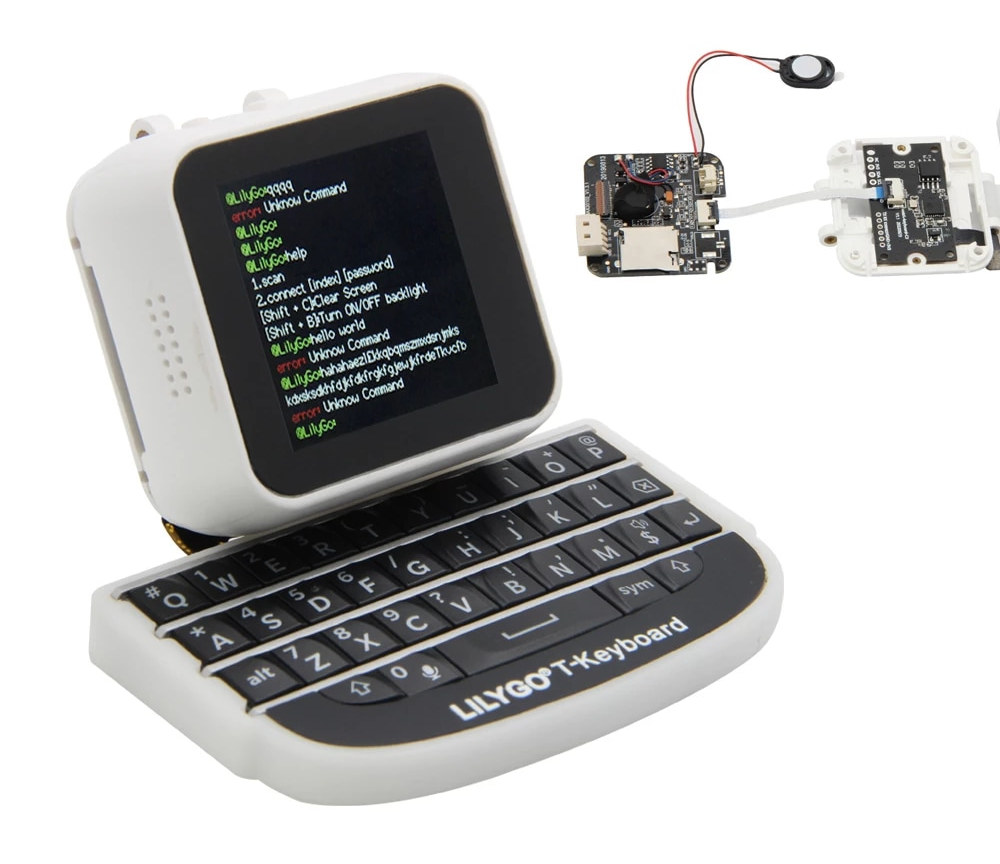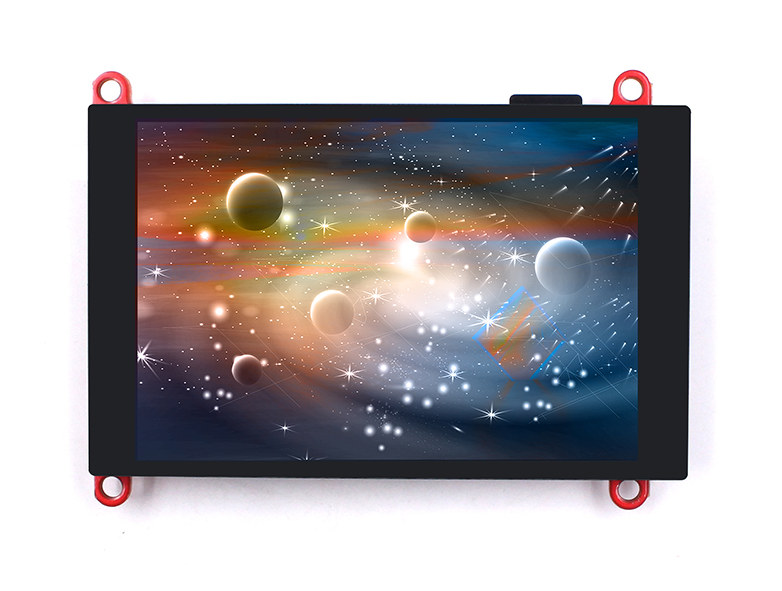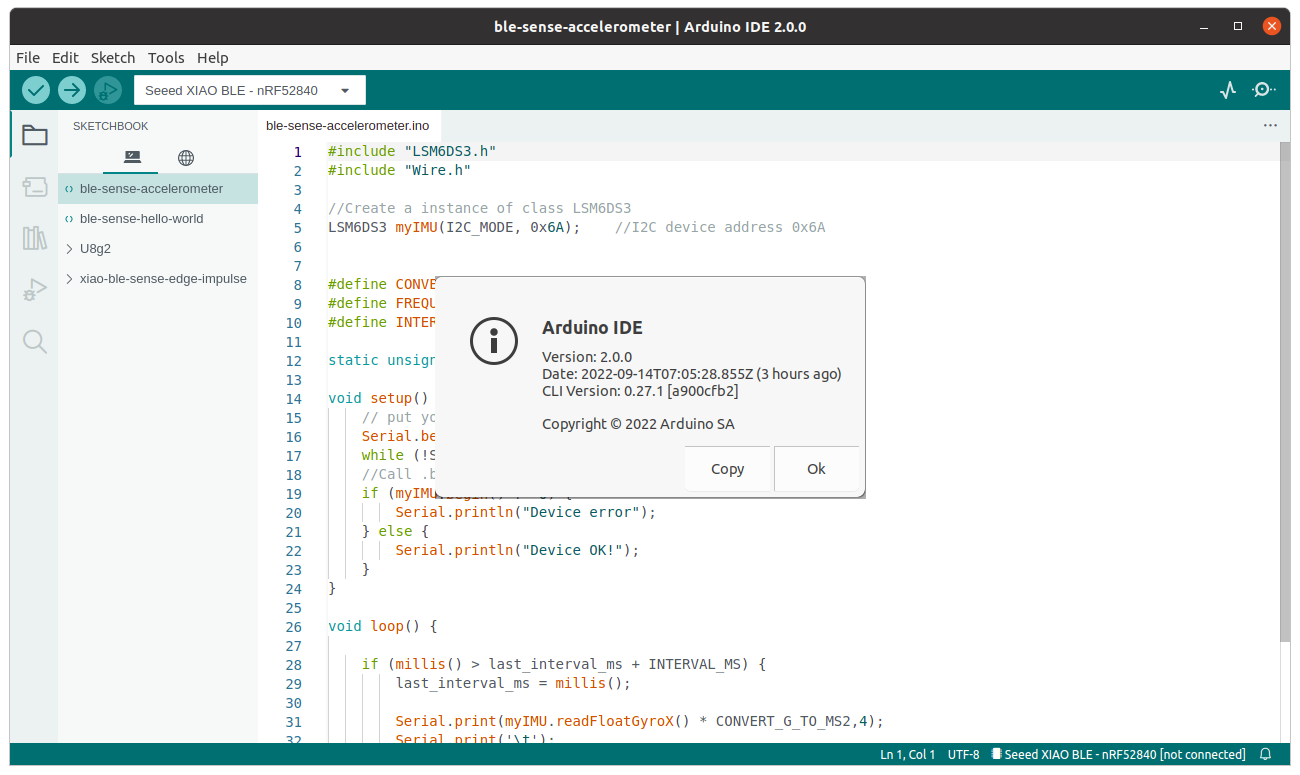ESP32-S3 has been in the news recently and we just wrote about the Bee S3 and BPI-PicoW-S3 boards yesterday, but there’s more, and LilyGo T-SIMCAM ESP32-S3 is another interesting ESP32-S3 board with a 2MP camera as well as support for an optional 4G LTE module. The board can make use of the AI capabilities from the ESP32-S3 microcontroller through the built-in camera and microphone and offers two options for power with 5V through a USB Type-C port, as well as a 2-pin JST connector for connecting a battery. T-SIMCAM ESP32-S3 CAM board specifications: Wireless MCU – ESP32-S3R8 dual-core Xtensa LX7 microcontroller with WiFi 4 and Bluetooth 5.0 LE and Mesh connectivity with 8MB PSRAM Storage – 16MB QSPI flash, MicroSD card socket Camera – 2MP OV2640 camera with 1622×1200 resolution Audio – I2S digital microphone Connectivity – Optional NB-IoT, 2G GSM, or 3G/4G LTE module via mPCIe socket and SIM […]
PCBWay – A community-focused PCB manufacturer (Sponsored)
There are many PCB manufacturers in China, but PCBWay has been around for over a decade providing PCB prototype and manufacturing services, and is one of the companies that care the most about the community with project sharing and various community events organized over the years. If you use PCBWay services, you will join the more than 70,000 customers who already used their services, and the company claims an over 99% on-time delivery rate thanks in part to having factories in Shenzhen that work in three shifts per day. In order to better serve its customer around the world, the PCB manufacturer also has offices in Hong Kong, as well as Paris, for European customers. PCBWay services include PCB prototyping and PCBA assembly services for small volume production, and the company highlights its SMT expertise and capabilities with high-speed Pick-and-Place machines that can place up to 28000 components per hour […]
$5.5 Banana Pi BPI-PicoW-S3 ESP32-S3 board follows Raspberry Pi Pico W form factor
Banana Pi’s BPI-PicoW-S3 is a development board following the Raspberry Pi Pico W form factor, but based on Espressif System ESP32-S3 dual-core microcontroller offering both WiFi 4 and Bluetooth LE connectivity. The Raspberry Pi SBCs have inspired many designs, but the Raspberry Pi Pico MCU boards less so. So far, I had only seen the WeAct RP2040 board with the same layout except for a USB Type-C port and a 16MB flash. But the Banana Pi BPI-PicoW-S3 provides a direct alternative to the Raspberry Pi Pico W with a more powerful microcontroller, vector instructions for AI acceleration, BLE, and about the same price at $5.5 plus shipping. Let’s see how the BPI-PicoW-S3 specifications compare to the ones of the Raspberry Pi Pico W in the table below. While the power signal (5V, 3.3V, GND) and GPIO numbers are the same on both boards, there are a few variations here and […]
Bee S3 ultra-low-power ESP32-S3 board can last several years on a LiPo battery
Smart Bee Designs’ Bee S3 is an ultra-low-power development board based on Espressif ESP32-S3 WiFi & Bluetooth microcontroller that consumes less than 20 uA in deep sleep mode allowing the board to theoretically last over 5 years under specific conditions. The board provides WiFi 4 and Bluetooth 5 LE connectivity, features a battery voltage monitoring circuitry to check the battery charge level, a USB Type-C port for power and programming, plus 20 through holes for extensions such as connecting sensors, and so on. Bee S3 specifications: Wireless module – Espressif Systems ESP32-S3-MINI-1 module (PDF datasheet) with ESP32-S3 dual-core Xtensa LX7 processor with WiFi 4 and Bluetooth 5.0 connectivity, 4MB or 8MB QSPI flash, PCB antenna USB – 1x USB Type-C port for power and programming Expansion – 2x 10-pin headers with up to 15x GPIO, 8x ADC, touch support, I2C, SPI, UART, 5V In/out, 3.3V out, and GND Misc – […]
M5Stack Thermal Camera 2 Unit combines ESP32 WiSoC with MLX90640 thermal camera
We’ve already seen the ESP32 used with a thermal camera (Flir Lepton 3.5) in the tCam-Mini IR board, but M5Stack Thermal Camera 2 Unit offers a more affordable ESP32 thermal camera solution thanks to the MLX90640 IR array thermal camera with a 32×24 resolution. Based on the ESP32-PICO-D4 system-in-package (SiP) with a dual-core microcontroller offering WiFi and Bluetooth connectivity, the camera module offers a field of view of 110°x75°, and a temperature measurement range of -40°C to 300°C. M5Stack Thermal Camera 2 Unit specifications: SiP – ESP32-PICO-D4 system-in-package with ESP32 dual-core Tensilica LX6 cores, 448 KB ROM, 520 KB SRAM, 4MB SPI flash, 2.4 GHz WiFi 4 and Bluetooth 4.2 IR camera – Melexis MLX90640 Infrared (IR) sensor with 32×24 pixels IR array, range: -40°C to 300°C with +/-1.5°C resolution, FoV: 110°x75° (See datasheet) Expansion – Grove I2C HY2.0-4P interface (“Port A”) Misc – Reset button, passive buzzer, user RGB […]
T-Watch-Keyboard-C3 with ESP32 “watch”, ESP32-C3 keyboard looks like a miniature PC replica
T-Watch-Keyboard-C3 is a device that looks like a miniature PC replica comprised of an ESP32-C3 powered keyboard, and the TTGO T-Watch ESP32 programmable device with a 1.54-inch touchscreen display. The LilyGo TTGO T-Watch ESP32 programmable touchscreen display has been around for a while, and the company used to provide an accessory keyboard based on Microchip ATSAM20 Cortex-M0+ microcontroller that has now been replaced with ESP32-C3 WiFi and Bluetooth RISC-V microcontroller to create the T-Watch-Keyboard-C3 devices pictured below. T-Watch-Keyboard-C3 specifications: TTGO T-Watch MCU – ESP32-D0WDQ6 dual-core microcontroller @ 240 MHz with WiFi 4 and Bluetooth 4.x with 520KB SRAM Memory – 8MB PSRAM Storage – 16MB QSPI flash Display – 1.54-inch LCD screen USB – 1x USB Type-C port for power and programming via CP2104 USB to TTL chip Sensor – 3-axis accelerometer Misc – Power button, RTC Dimensions – 40 x 38 x 20 mm Weight – 43.19 grams […]
Makerfabs 3.5-inch TFT touchscreen display features ESP32-S3 SoC
Makerfabs has launched a 3.5-inch TFT touchscreen display with built-in WiFi and Bluetooth connectivity through an ESP32-S3 dual-core Tensilica LX7 microcontroller clocked at 240 MHz with vector instructions for AI acceleration. This display offers a 320×480 resolution through the ILI9488 LCD driver, uses a 16-bit parallel interface for communication with ESP32-S3 clocked at up to 20 Mhz making it suitable for smooth graphics user interface, and the company also claims it is smooth enough for video displays, but more on that later. Specifications: Wireless module – ESP32-S3-WROOM-1-N16R2 with Espressif Systems ESP32-S3 dual-core Tensilica LX7 @ up to 240 MHz with vector instructions for AI acceleration, 512KB RAM, 2.4 GHz WiFi 4 and Bluetooth 5.0 LE with support for long-range, up to 2Mbps data rate, mesh networking 16MB QSPI flash 2MB PSRAM PCB antenna Storage – MicroSD card socket Display – 3.5-inch color TFT LCD with 480×320 resolution, 16-bit parallel interface […]
Arduino IDE 2.0 is now officially released
The first stable release of Arduino IDE 2.0 is now out. Based on the Eclipse Theia framework, the new IDE provides a more modern and user-friendly user interface, faster compilation time, and more features we’ll discuss in this post. Arduino initially introduced the Arduino IDE 2.0 beta in March 2021 with a live debugger with breakpoints support, a revamped user interface with features such as autocompletion of variables and functions. After 18 months of debugging with the help of members of the community such as Paul Stoffregen (the maker of the Teensy boards), the Arduino IDE 2.0 is not an experimental software anymore, and it’s the first version you’d see in the download page. The Arduino IDE 2.0 is available for Windows 10 64-bit and newer, Linux X86-64, and macOS 10.14 “Mojave” or newer. If you’ve already installed Arduino 1.x, it will inform you of updates for your installed libraries […]


